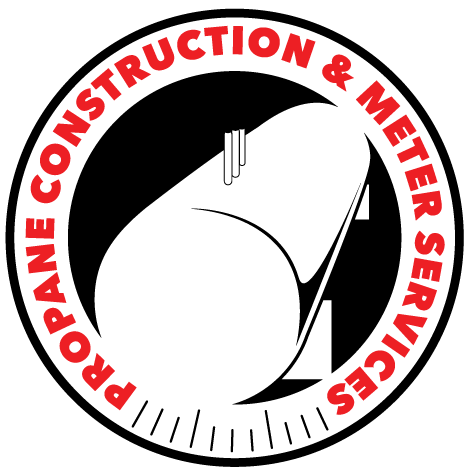A Sustainable Energy Perspective: Propane Beyond 2023

Looking ahead to the future of the propane industry, we find a future marked by promise and potential. Beyond the year 2023, we can draw upon informed predictions to paint a picture of what lies ahead. Propane, often hailed for its clean-burning properties, is poised for continued growth and innovation. Let’s explore the trajectory of the propane industry, the surging demand for sustainable fuels, and the role propane is set to play in the evolving automotive and transportation sectors.
The Propane Industry’s Expansion
The propane industry is on track for substantial expansion well into the future. Projections indicate a compound annual growth rate (CAGR) of at least 4% through the year 2027. At the forefront of this expansion lies the Asia-Pacific region, anticipated to remain the largest and fastest-growing market for propane. This growth can be attributed to propane’s undeniable utility as a clean and sustainable alternative fuel. It is this very utility that will continue to drive the expansion of domestic and international markets.
Meeting the Demand for Low-Emission Sustainable Fuels
As the world grapples with a growing population and escalating pollution levels, the demand for sustainable fuels such as propane is set to soar. Propane distinguishes itself by producing significantly fewer carbon emissions compared to conventional fuels like gasoline. Consequently, propane will become increasingly sought after, particularly in countries with burgeoning populations and elevated pollution levels.
In the United States, the Environmental Protection Agency (EPA) has laid out plans to tighten emissions regulations beyond 2023. The years 2023 through 2026 will witness more stringent standards for passenger cars and light trucks, with incremental increases in stringency. These enhancements necessitate an initial 10% reduction in emissions, followed by a 5% reduction annually. This proactive approach is expected to have a substantial impact on reducing air pollution and curbing atmospheric carbon levels. To put it into perspective, adherence to these regulations will prevent the emission of a staggering 2.2 billion tons of greenhouse gases between 2023 and 2050.
Hybrid and electric vehicles are poised to play a pivotal role in the transition to sustainable fuels, and propane-powered vehicles are no exception. The EPA’s rigorous standards will make a significant contribution to mitigating the adverse effects of air pollution and reducing carbon emissions on a grand scale.
Propane in the Automotive and Transportation Industries
Propane’s virtues as a clean-burning, cost-effective, and safe fuel source are set to make it a star player in the automotive and transportation sectors. In recent years, the introduction of propane-powered vehicles, both in the light-duty and medium-duty categories, has driven an upsurge in demand for propane. This growing demand is a key driver of the propane industry’s expansion and is expected to maintain its momentum in 2023 and beyond.
The international market for propane-powered passenger cars is poised to be a significant growth area through 2026. However, it is the heavy-duty truck market that is set to experience the most pronounced expansion.
A significant factor contributing to the popularity of propane as an alternative fuel is the global population’s relentless growth. As of November 15, 2022, the world’s population reached a milestone of 8 billion people. By 2030, it is projected to rise to 8.5 billion. With this population explosion comes an increase in commuters, travelers, and vehicles on the road, culminating in a surge of carbon emissions into an already polluted atmosphere. Clean-burning propane stands as an ideal solution to mitigate these adverse impacts stemming from population growth.
The future of propane beyond 2023 is a story of continued growth, increased demand for sustainable fuels, and a prominent role in the automotive and transportation sectors. As the world confronts the pressing challenges of environmental sustainability, propane emerges as a valuable resource, promising a cleaner and more sustainable energy future.
















